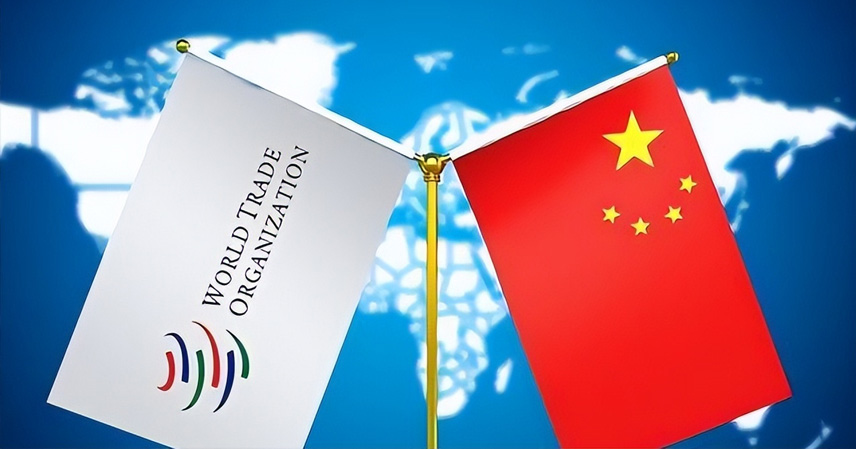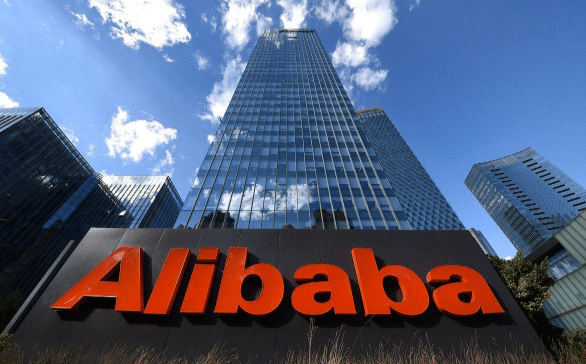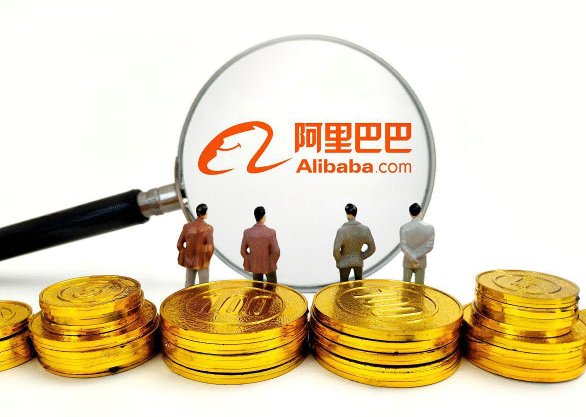Have you noticed that in today’s discussions about global affairs and the economy, the buzzwords are “China-U.S. relations,” “supply chains,” or the “chip war”? But one term rarely appears anymore—the WTO, the World Trade Organization.
This is puzzling. Once upon a time, the WTO was a household name. For China, joining this “global trade club” was like obtaining a ticket to the world’s economic stage. Beginning in 1986, China negotiated tirelessly for 15 years, finally securing membership on December 11, 2001, as its 143rd member. At that moment, the nation rejoiced, convinced better days lay ahead.
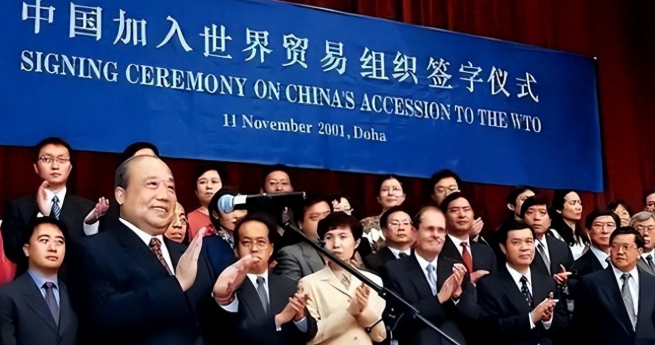
Back then, the WTO mattered. It acted as the “Supreme Court” of global trade. If a member felt unfairly treated—say, through excessive tariffs or protectionist barriers—they could file a case. The Appellate Body, staffed by seven judges, issued final rulings that carried binding force. Losers were obliged to comply or face authorized retaliation. These “teeth” ensured rules were respected in international business.
For China, WTO membership brought a golden era. As the “world’s factory,” exports skyrocketed from $266.1 billion in 2001 to $3.38 trillion in 2024, making China the largest goods trader globally. The WTO provided the predictable, stable framework that allowed “Made in China” to reach every corner of the world.
But nothing lasts forever. The turning point came when the WTO’s proudest institution—the Appellate Body—was deliberately crippled. Ironically, the culprit was the United States, a founding architect of the system. Frustrated by its frequent defeats (with a losing rate around 90% between 1995 and 2019), Washington began blocking the appointment of new judges. By December 2019, only one judge remained, far below the minimum three required. The body was paralyzed.
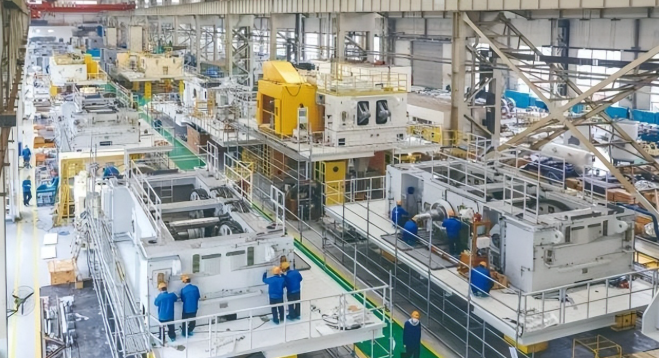
Without referees, the rules unraveled. The 2018 U.S.-China trade war exposed the WTO’s impotence. The U.S. slapped tariffs on hundreds of billions of dollars of Chinese goods. China retaliated. Though a WTO panel ruled in 2020 that U.S. tariffs violated WTO rules, Washington ignored the decision and appealed—into a legal black hole, since the Appellate Body was nonfunctional. The ruling became meaningless, and the WTO’s authority eroded.
As the U.S. disregarded the rules, others followed suit. Protectionism surged worldwide. According to the WTO’s 2024 annual report, newly introduced tariff measures reached record highs, covering unprecedented trade volumes. Global trade uncertainty has soared, with forecasts projecting a mere 0.9% growth in goods trade in 2025, while North American exports may plunge over 12%.
So why not fix the WTO? Endless meetings in Geneva have produced little progress. The U.S. insists reforms must ensure no future rulings go against it—essentially demanding control of the referee. Other members reject this. As a stopgap, the EU and partners created a “multi-party interim appeal arrangement,” but it has handled only a handful of cases.
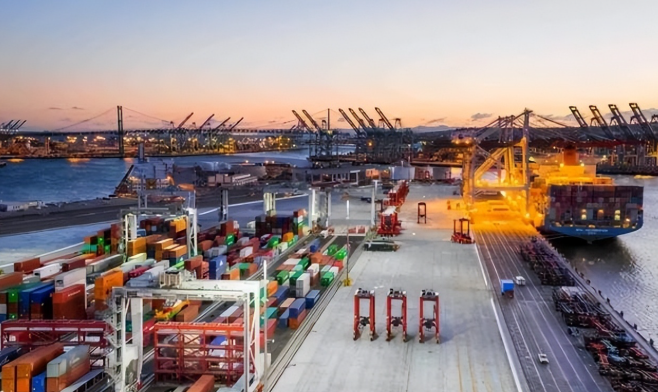
Meanwhile, nations are building alternative frameworks. Regional trade pacts are flourishing: the Indo-Pacific Economic Framework (IPEF), the Regional Comprehensive Economic Partnership (RCEP), and the Comprehensive and Progressive Agreement for Trans-Pacific Partnership (CPTPP). These fragment the global market, gradually sidelining the WTO.
Deeper still, WTO rules have failed to keep pace with modern trade realities. Designed in the 1990s for physical goods, they lag behind the challenges of today: digital trade, e-commerce, cross-border data flows, and environmental standards. Reforms stall because WTO decisions require consensus from all 164 members—a nearly impossible feat given the gulf between developed and developing countries.
China, having spent 15 years earning its seat, has been one of the WTO’s staunchest defenders. It not only met its commitments to reduce tariffs and open markets but also became a key engine of global growth. Yet China, like others, cannot rely solely on a paralyzed WTO. Instead, it is actively advancing RCEP, applying to join CPTPP, and forging bilateral free trade agreements—a pragmatic and necessary adaptation.
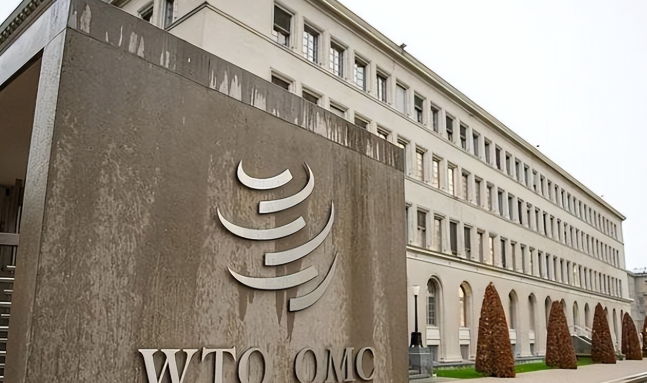
As the WTO marks its 30th anniversary, its headquarters on the shores of Lake Geneva reflect not celebration but unease. Once a beacon of globalization and free trade, the organization’s light has dimmed. We seldom mention it now not because it is irrelevant, but because it has been silenced and sidelined. From a powerful “United Nations of trade,” it has drifted toward becoming a talking shop that publishes reports but struggles to enforce rules.
What lies ahead? Perhaps one day major powers will agree on sweeping reforms to revive the WTO. More likely, we are entering a “post-WTO era”—a fragmented landscape of regional blocs and bilateral deals, where globalization’s smooth path has become thorny and uncertain. For trade-dependent nations like China, the challenge is immense.
References
- WTO Annual Report, August 7, 2024
- Reports on U.S.-China Trade Disputes (2018–2020)

